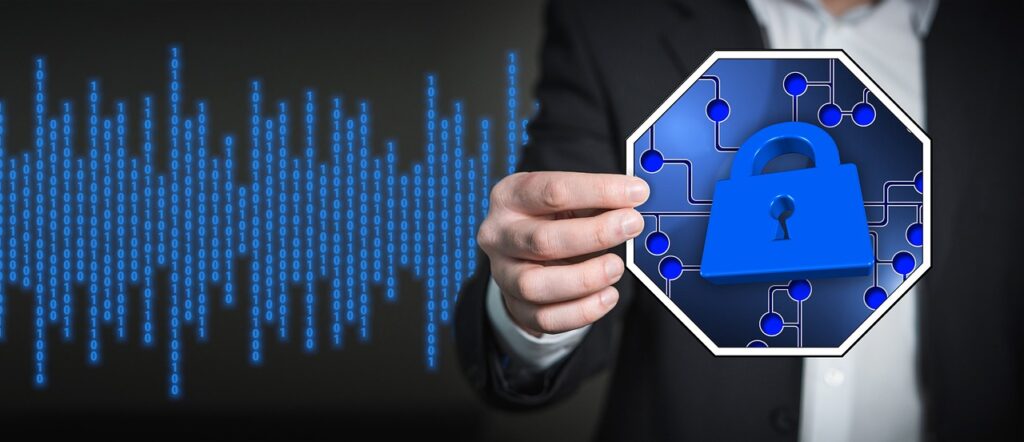In today’s episode of “Unexpected Cyberattacks That Can Cost Your Business Millions” comes the topic of fileless malware. Fileless malware isn’t the new kid on the proverbial cybersecurity block, given its presence in the ’90s. However, it gained notoriety during high-profile cyberattacks such as the Equifax Breach and the 2016 hack of the Democratic National Committee (DNC), which both sent shockwaves throughout the cybersecurity community.
In the case of the Equifax Breach, the sensitive information of 147 million customers of the credit reporting agency, Equifax, was compromised. What ensued was mass hysteria. In the Equifax Data Breach Settlement, the Federal Trade Commission, the Consumer Financial Protection Bureau, and 50 states and territories delivered $425 million to victims.
And who could forget the hack-a-thon experienced in the Democratic National Committee email leak of 2016? It was reported that Russian intelligence retrieved data from the Hilary Clinton presidential campaign and shared it with Wikileaks, a nonprofit organization founded by Julian Assange that published classified data given to it by unnamed sources. Political commentators have suggested that this cyberattack might have contributed to former First Lady Hilary Clinton losing the 2016 presidential race.
When it comes to fileless malware, all bets are off. These increasingly sophisticated cybercriminals are out for “blood” in the form of sensitive data. Traditional malware — where disastrous viruses get embedded in the hardware of a network server — don’t cut it anymore. With fileless malware, the stakes are high, and if left unchecked, this threat could adversely affect your business processes and the infrastructure that runs them.
What is Fileless Malware?
Fileless malware is undetectable, malicious software that doesn’t rely on executable files to infect your infrastructure, unlike with traditional malware. Instead, it hides in your computer’s random-access memory (RAM). It uses trusted, legitimate processes such as Microsoft Office macros, PowerShell, and Windows Management Instrumentation (WMI) to help execute its mission of obliterating a company’s network servers. PowerShell is a scripting language that automates and configures the management programs of Microsoft. WMI is a subsystem of PowerShell, which manages the specification of Windows operating systems. Macros record a series of commands for later use. Each one of these Microsoft programs has seen its share of infiltration of malware-based cyberattacks. However, PowerShell is the main target for infiltration due to fileless malware’s ability to mimic PowerShell’s function while remaining undetected.
Fileless malware is a fan favorite of cybercriminals due to its lack of digital footprint — combating it is an arduous undertaking. This type of malware uses a variety of techniques to stay persistent.
Because there are no files to trace, fileless malware escapes detection from most anti-malware programs, especially those that use the databases of precedent threats. Most automated sensors cannot recognize illicit scripts, and cybersecurity analysts who are trained to identify them may have a hard time establishing where to look.
By no means is fileless malware a new cybersecurity adversary, but its pervasiveness is alarming and a threat to any entity with a network server or an operating system.
Is Your Business at Risk for a Networking-Based Attack?
Rule of thumb: always treat your business as if it’s at risk for a cyberattack—no matter its size or length of operation. It is wise to invest in a managed IT network and cloud services that prioritize detecting cyberattacks and offer 24/7 network monitoring, proper patches and software updates.
Traditional anti-malware solutions aren’t compatible with fileless malware. In response, the cybersecurity community has developed antivirus solutions such as Network Detection Response (NDR) specifically for fileless malware. This type of solution helps to monitor the behavior of your network by sifting through processes that are foreign and not consistent with it. Having such a solution in place will prevent companies from shadow boxing with a catastrophic threat. A drawback to this solution is the amount of time it takes to detect fileless malware. It may take weeks to detect where exactly the fileless malware lies. With fileless malware, being proactive in combating it may save companies millions.
ClearFuze works collaboratively with our clients to help mitigate cyberattacks. In kind, it’s imperative our clients take measures to ensure all hands are on deck in fighting cyberattacks.
According to Trend Micro, here are some tips that businesses can implement to help combat fileless malware:
- Don’t open suspicious emails on your work devices. If you’re unsure if an email is legit, forward it to an IT professional to verify it first.
- Disable components that are not relevant to your task at hand or to your role at your company.
- Disable macros. Macros are an entryway for fileless malware.
- Use multilayered protection.
- Secure possible entry points such as PowerShell.
- Employ behavior-monitoring mechanisms. See NDR above.
- Get expert help preventing cyberattacks with the ClearONE Solutions.
Which types of businesses would benefit from ClearFuze’s catalog of customized managed IT network and cloud support?
The experts at ClearFuze believe that companies that handle any of the sensitive information of customers should arm themselves with IT network solutions that protect them from viruses and the complete obliteration of their network servers. ClearFuze works with companies during the preventative, attack and data recovery phases.
If you want to learn how our team of experts at ClearFuze can help you to protect your company from networking-based attacks and other common network vulnerabilities, call us today for a consultation.
